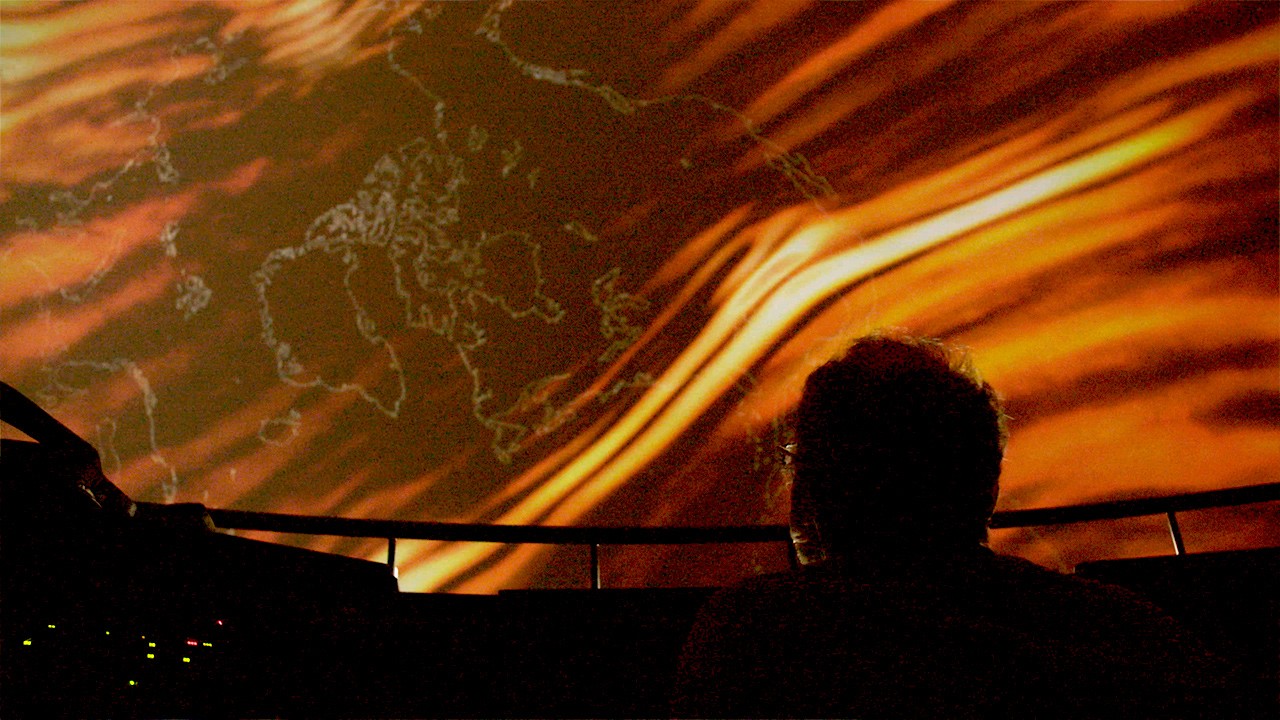At the stroke of noon in North Korea on Sept. 3, the U.S. Geological Survey detected a seismic event — registering 6.3 on the Richter scale — in a remote area about 400 miles northeast of Pyongyang that sent tremors throughout South Korea and China. But it wasn’t an earthquake, at least not in the classic sense.The tremors were the result of an underground nuclear explosion. And, compared to the previous five tests conducted by the North Korean regime, this one was massive — a full 10 times bigger than anything they’d tested before. Using the U.S. Geological Survey’s estimates, experts were quickly able to gauge the significance of the test.Soon Pyongyang would proclaim bombastically through its state media that they had detonated “a hydrogen bomb” and “succeeded totally.” Kim Jong Un’s regime went further: “The H-bomb test was carried out to examine and confirm the accuracy and credibility … of [an] H-bomb to be placed in the payload of the [intercontinental ballistic missile].”Of course, the U.S. and its allies don’t simply take North Korea at its word — the tiny country is notorious for exaggerating its military might while maintaining utmost secrecy. In January of 2016, experts concluded Kim Jong Un’s regime had lied about testing a hydrogen bomb.The U.S., its allies, and independent experts rely on radionuclide monitoring, seismology and satellite photos to verify the strength and nature of North Korea’s tests. Right now, detecting radionuclides — primarily radioactive noble gases that can drift thousands of miles from the explosion site — is the only sure way to determine with certainty the explosion’s nuclear element. But securing that information is increasingly fraught, with experts speculating that North Korea has improved its ability to hide fallout.As a result, more often than not, seismology is among the best tools to gather immediate information on North Korea’s nuclear tests. And in this tense environment, determining the nature of a seismic event becomes more important.“Seismological instruments essentially record pushes and pulls,” Hellweg told VICE News. “In an earthquake, two pieces of the ground move past each other. So in some directions it’s a push, and in some directions it’s a pull.”But with an explosion, she added, “It pushes in all directions.” Most seismic events start two or so miles beneath the surface, but nuclear tests are conducted at a shallower depth, usually around 500 meters below the surface, so seismologists say it’s unlikely a nuclear bomb could cause an actual earthquake.North Korea’s latest detonation seemingly triggered some “secondary event,” though what exactly that was remains a subject of debate. About eight minutes after the initial blast, the U.S. Geological Survey recorded another seismic event, this one logging a 4.1 on the Richter scale. From satellite imagery of the area, experts believe the underground explosion triggered multiple landslides, likely caused by the collapse of the underground tunnel or cavity in which the test was conducted.Based on the available data and satellite imagery, 38 North, a website affiliated with Johns Hopkins University, estimates that they detonated a bomb that was 100 kilotons or larger. The U.S. and Japan have offered their own estimates for how big the bomb was — they think it’s 140 kiltons and 120 kilotons, respectively. North Korea’s state news agency claims that they tested a hydrogen bomb compact enough to be mounted atop an intercontinental ballistic missile, but such a claim would put Pyongyang in a club few thought they’d join so quickly. Scientists and military intelligence agencies are looking for radionuclides to determine exactly what type of bomb was tested.
Most seismic events start two or so miles beneath the surface, but nuclear tests are conducted at a shallower depth, usually around 500 meters below the surface, so seismologists say it’s unlikely a nuclear bomb could cause an actual earthquake.North Korea’s latest detonation seemingly triggered some “secondary event,” though what exactly that was remains a subject of debate. About eight minutes after the initial blast, the U.S. Geological Survey recorded another seismic event, this one logging a 4.1 on the Richter scale. From satellite imagery of the area, experts believe the underground explosion triggered multiple landslides, likely caused by the collapse of the underground tunnel or cavity in which the test was conducted.Based on the available data and satellite imagery, 38 North, a website affiliated with Johns Hopkins University, estimates that they detonated a bomb that was 100 kilotons or larger. The U.S. and Japan have offered their own estimates for how big the bomb was — they think it’s 140 kiltons and 120 kilotons, respectively. North Korea’s state news agency claims that they tested a hydrogen bomb compact enough to be mounted atop an intercontinental ballistic missile, but such a claim would put Pyongyang in a club few thought they’d join so quickly. Scientists and military intelligence agencies are looking for radionuclides to determine exactly what type of bomb was tested.
Advertisement
Peggy Hellweg, operations manager at the UC Berkeley Seismological Laboratory, says there are very clear differences between a regular earthquake and an underground nuclear explosion. As such, there’s no way to mix up the two events.
Advertisement
Earthquakes happen more slowly than explosions, and so the recorded frequency is different. The longer a seismic event takes, the deeper the noises. Earthquakes and nuclear blasts are both recorded by sensitive seismological equipment, and they simply don’t sound alike.“Explosions are always sopranos,” Hellweg said. ”Earthquakes get to be tenors and bases.”

Regardless of the precise bomb type, and the tests that will surely follow, Sunday’s explosion was massive. Even on the smaller end of the yield estimates, it would cause significant death and destruction if it were dropped on a major metropolitan city. According to Nukemap, a website developed by Alex Wellerstein, a nuclear historian at the Stevens Institute of Technology, as a means of estimating the casualties resulting from nuclear bombs, a 100 kiloton nuclear bomb aimed at lower Manhattan would kill nearly 600,000 people instantly and could injure another 1.3 million.